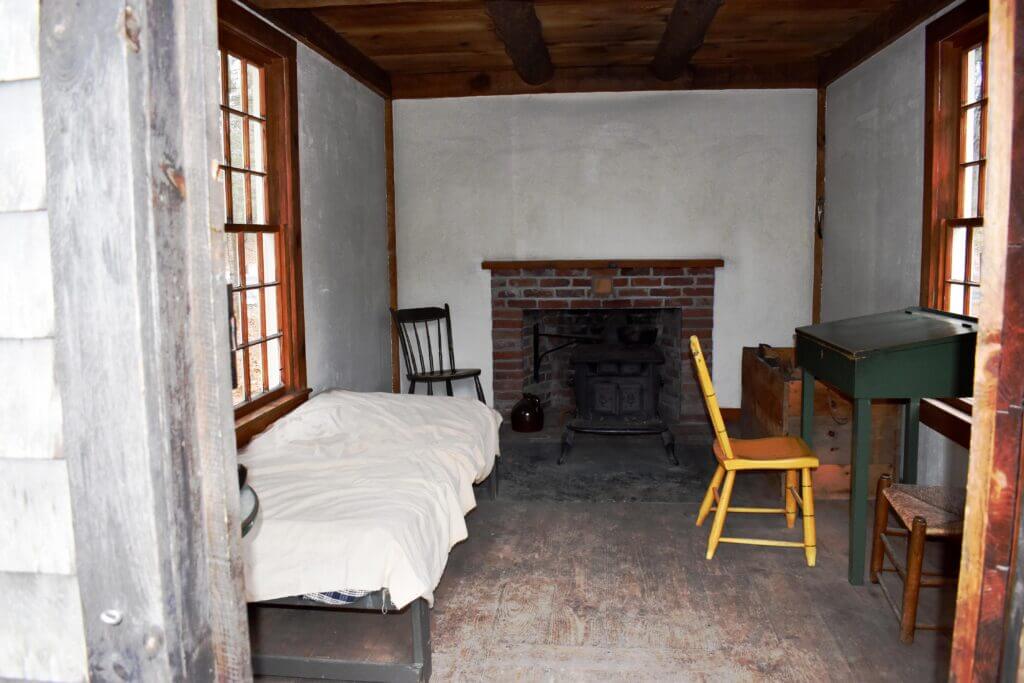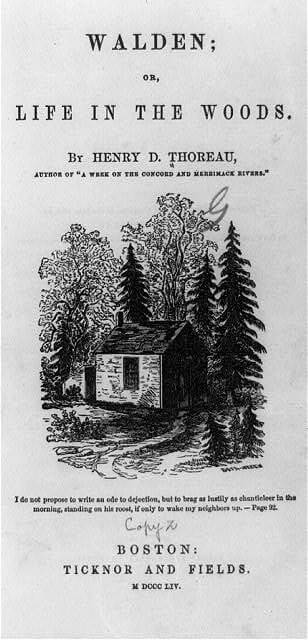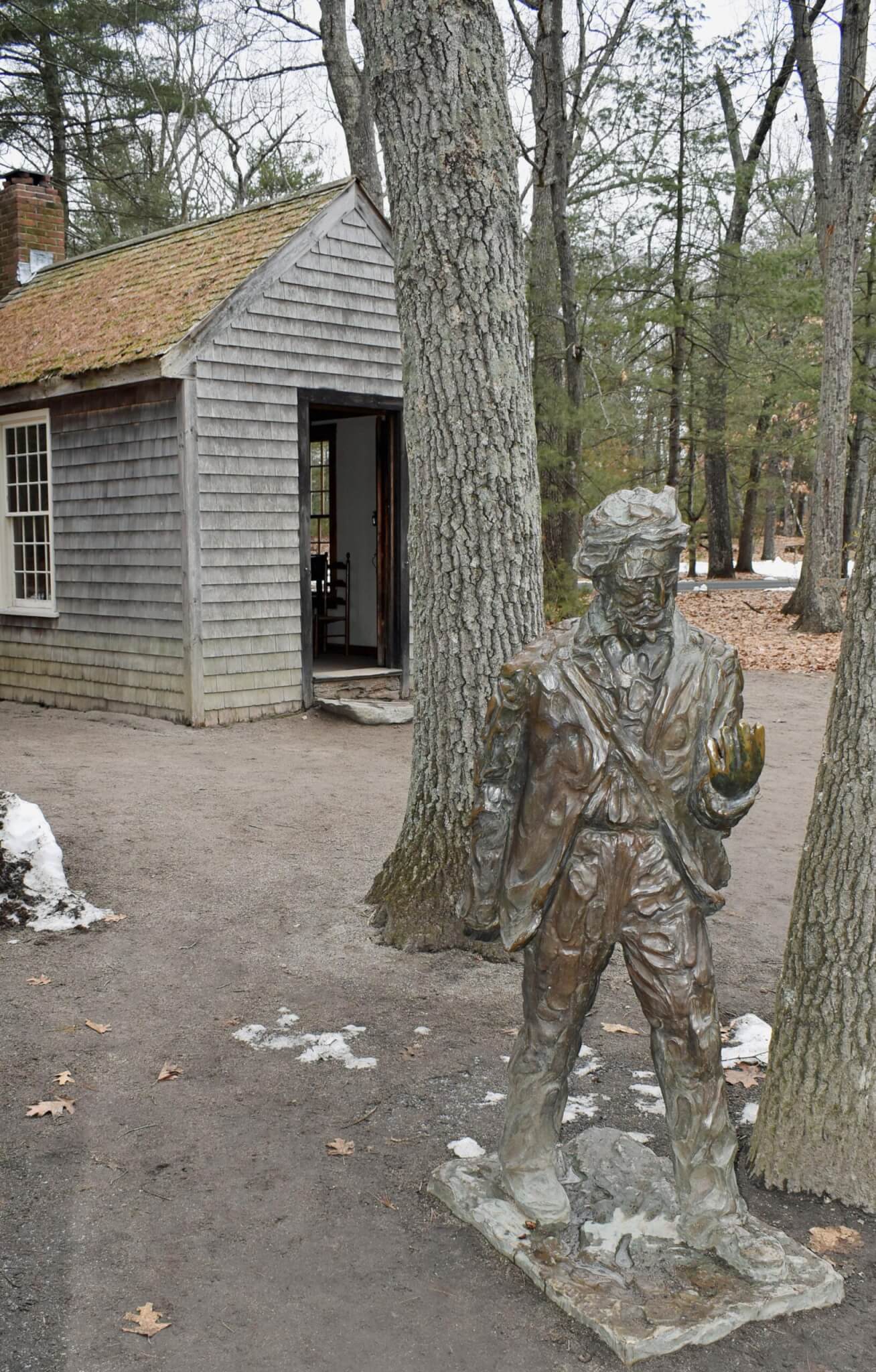In June 1844, Concord took a step into the future when the Fitchburg Railroad arrived. No longer deterred by muddy roads, people and goods could travel with greater ease by rail between the town and the port in Charlestown.
The railroad inspired budding transcendentalist Henry David Thoreau in more ways than one. It was noisy, but the soil gradations exposed after workers leveled revealed previously hidden layers.
The cleared land along the tracks made studying the vegetation easier for one of America’s first naturalists.
The rail line inadvertently made Thoreau’s fabled stay at a cabin at Walden Pond a reality. Not only could he walk the tracks into Concord to get whatever he needed from home, the building process provided some of the materials for his cabin.

The railroad builder, Alvah Crocker of Fitchburg, supposedly met ships in Boston, looking for cheap labor. He enlisted hungry Irish laborers, the victims of the recent famine, to do the brutal work of clearing and leveling the land, and laying tracks for the railroad.
These Irish workers, who arrived with not much more than the shirts on their backs, lived in shanties supplied by the rail works. The rough cabins were moved by train from one spot to another as the construction progressed down the line.
After the crews continued west, some of the shanties and workers remained in Concord, occupied by laborers and their families. Without these Irishmen, Thoreau would have required a larger investment to live by the pond.
Thoreau tells the tale in Walden, published in 1854.

A year after the Concord station opened, Thoreau bought the shanty of Irishman James Collins for $4.25 with the proviso that the family, which included Mrs. C and an infant, vacate by 5 in the morning of the following day.
The Irish family held to the deal, leaving with everything they owned: a bed, patent new coffee-mill, looking-glass, hens and presumably a silk parasol. They left behind an unnamed cat which went feral and was later killed in a trap set for woodchucks.
Thoreau tore down the dwelling, which included a window, that same morning. Later in the day, he dragged the boards and material to his pond-side building site.
The endeavor was not without risks. “A young Patrick” informed him that a neighbor named Seeley had transferred into his pocket things like nails straight enough to be reused.
Thoreau immortalized his cabin through his writing. His new Irish neighbors disappeared into history.






